The Ferrari 296 Speciale needs no real introduction, given it comes from an extended family of mid-engined special-series supercars, starting with the super-rare Ferrari 348 GT Competizione, followed by the 360 Challenge Stradale, F430 Scuderia, 458 Speciale, and 488 Pista.
Where the 296 Speciale differs from its predecessors is twofold. One, it’s the first car in the series to be powered by a V6 hybrid instead of a V8 and, two, it also marks the first time Ferrari has reused the name of an existing special-series car from its V8 range on a new model.
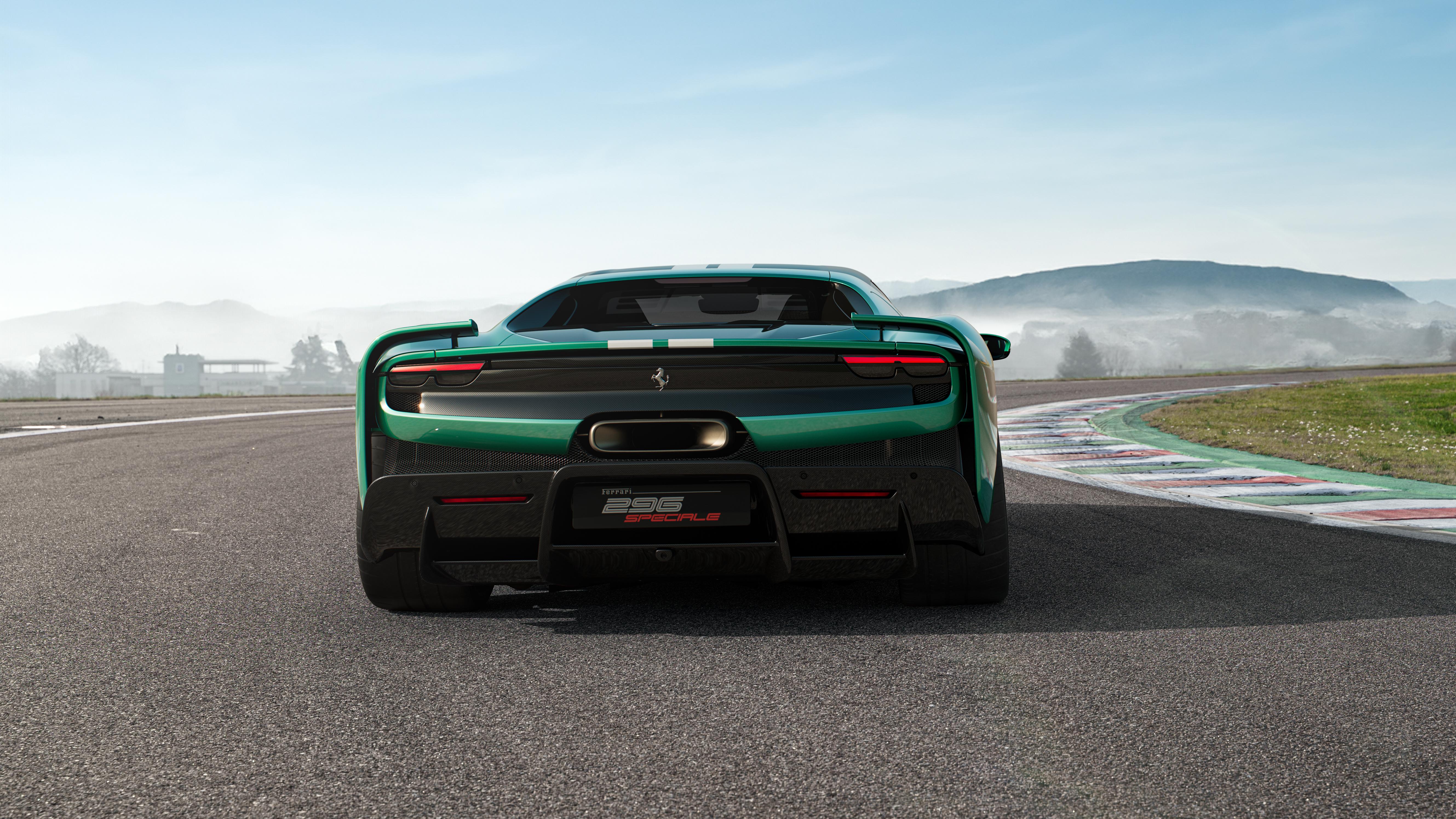
In doing so, it has inadvertently linked the 296 Speciale with arguably the best mid-engined V8 supercar to ever exist, the 458 Speciale (editor’s note: this author owns one and is biased). So does it live up to its special name? Is it a car that will join the list of its predecessors as a lifetime collectible Ferrari to keep for the ages? Does it need to?
There are a few ways in which the world of Ferrari has changed over the last 80 years. Production numbers are up, technology has improved substantially, and more regulations are hindering what a car can do today than ever before.
Where only about 50 examples of the 348 GT Competiziones were ever made, and 1288 360 Challenge Stradales were built, production numbers for the 488 Pista are estimated to be closer to 4000, and the 296 will likely be around a similar figure.
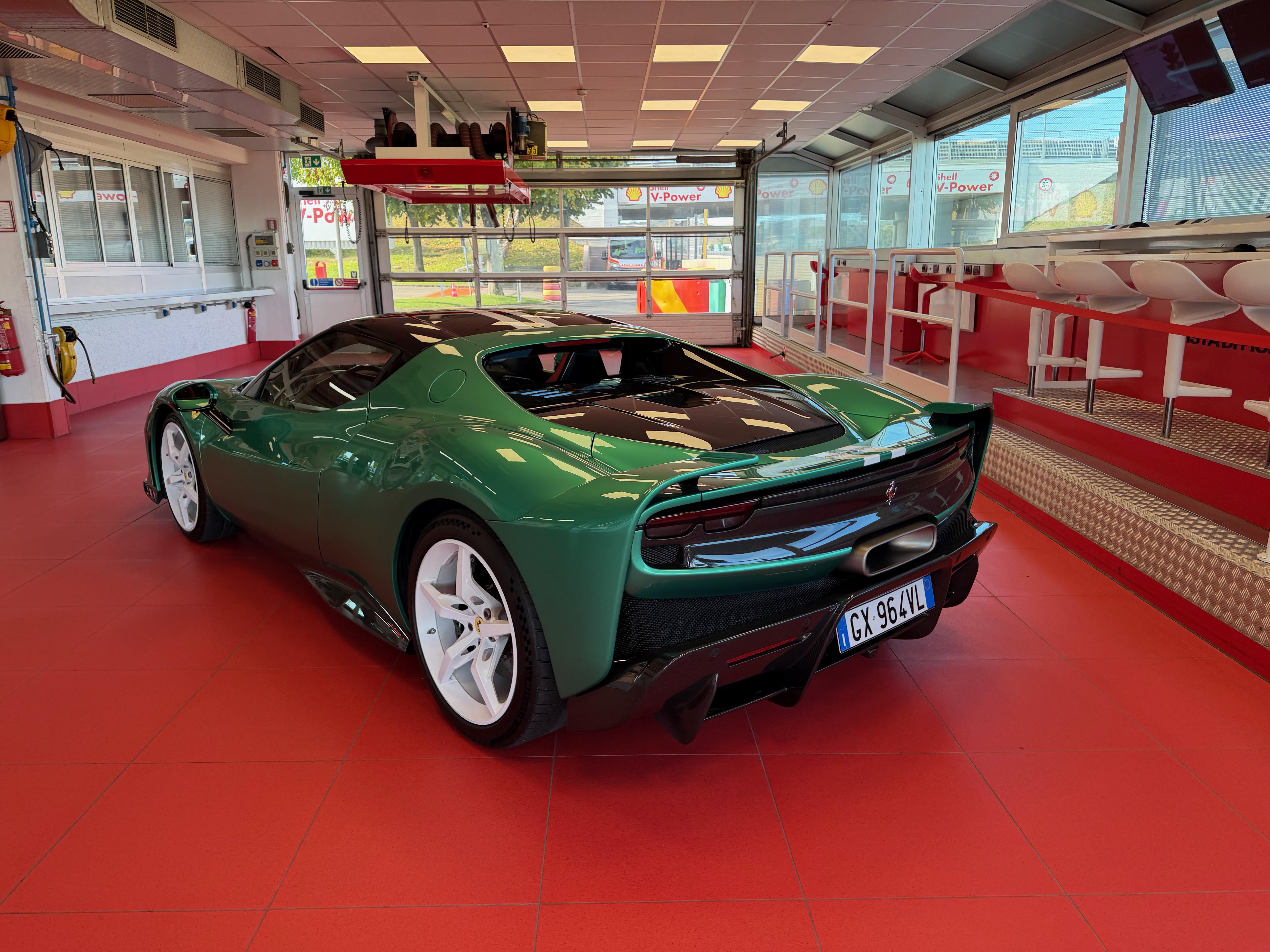
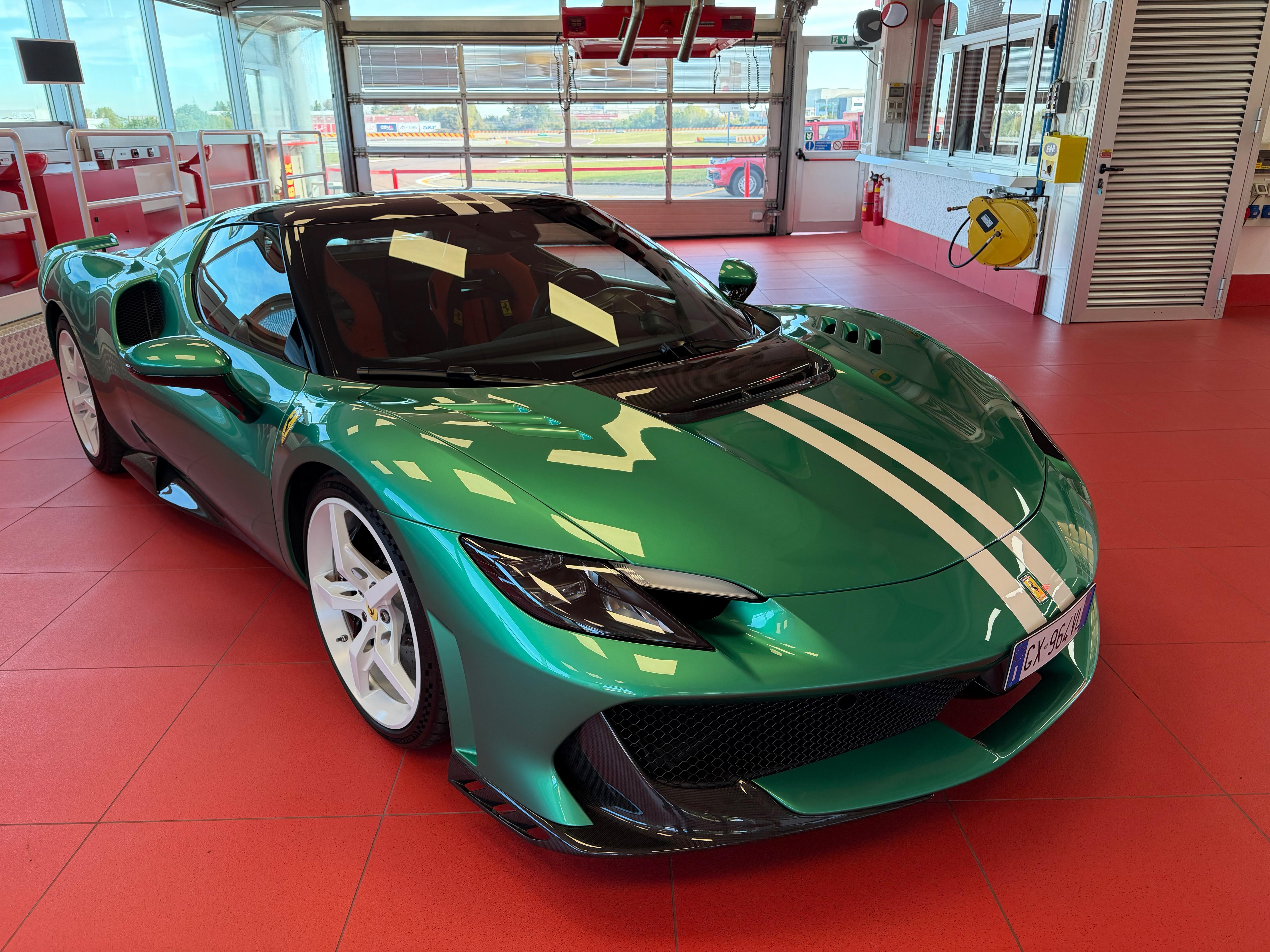
However, if we go back and think about any of the previous cars mentioned above, they are still incredibly special today. A 360 Challenge Stradale from 2003 would be coveted by car enthusiasts the world over. Fast-forward 25 years, and that will still be the case in 2050, but what about the 296 Speciale? Will that remain as desirable as the years go by?
The answer to that question is yes. The reasons for that are simple. When the 360 CS, F430 Scud or 458 Speciale came out, they were regarded as the best versions of their respective cars for the time.
They were the ultimate performance machines in their category, and they did things no other car could. They provided a driving experience that was unmatched at the time, and that is exactly what the 296 Speciale does today.
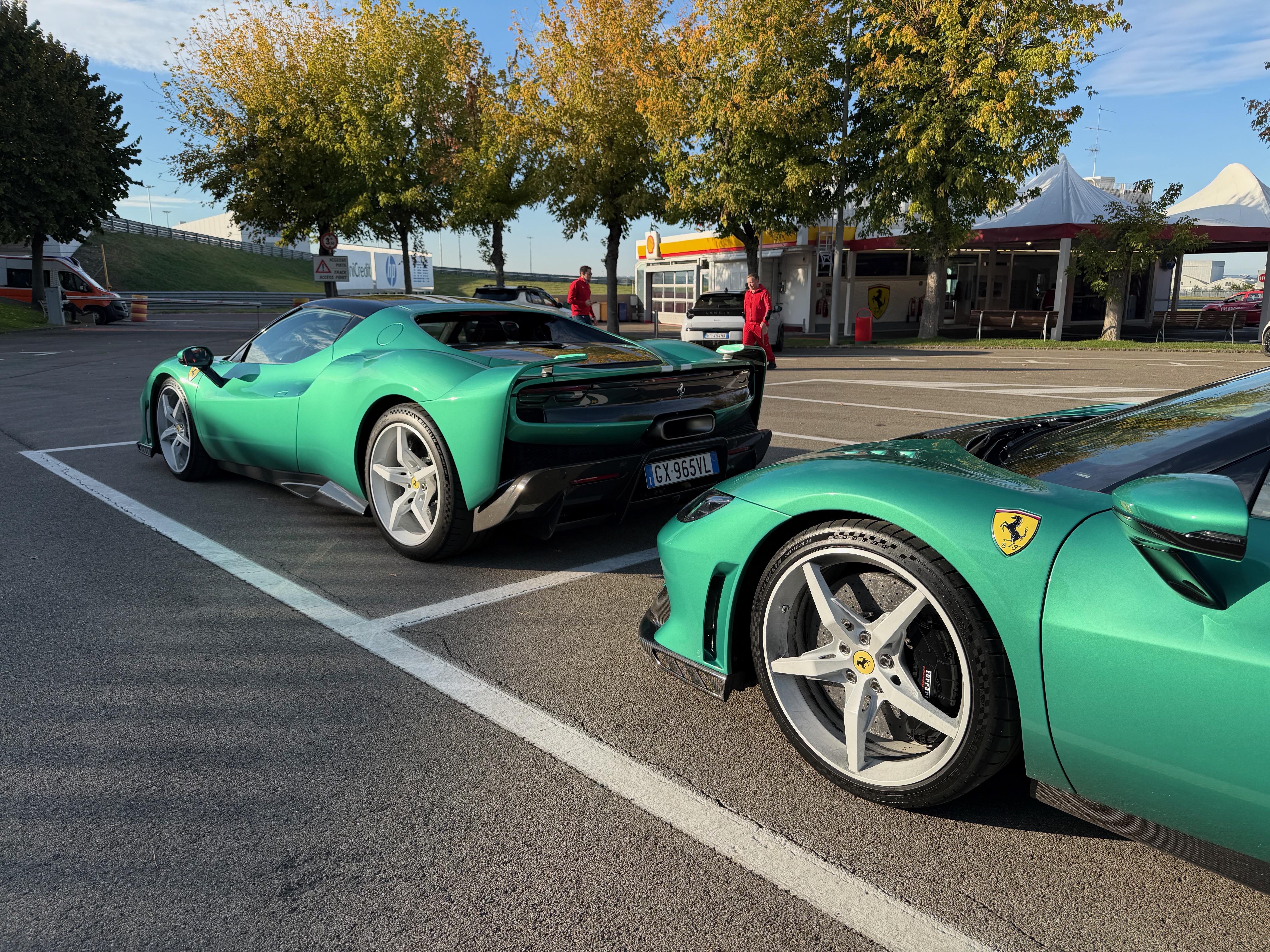
No matter how you look at it, subjectively, the 296 Speciale is simply the best special-series car from this family that Ferrari has made to date.
In order to stay competitive and continue its journey in producing the best road-legal race cars in the mid-engined category, Ferrari has had to embrace the latest in hybrid and engine technology. If you want a mid-engine V8 special-series model, there is still the SF90 XX (good luck getting one), but for those who prefer more agility and a more compact package, there is no better car in the Ferrari lineup today than the 296 Speciale.
Visually, the car features a black roof that Ferrari design chief Flavio Manzoni says transforms the cabin into a cockpit. Other visual changes include a revised rear graphic between the tail-lights, a more scalloped bonnet, a dark engine cover, and a unique forged alloy wheel (Australian-made carbon wheels are also available as an option).
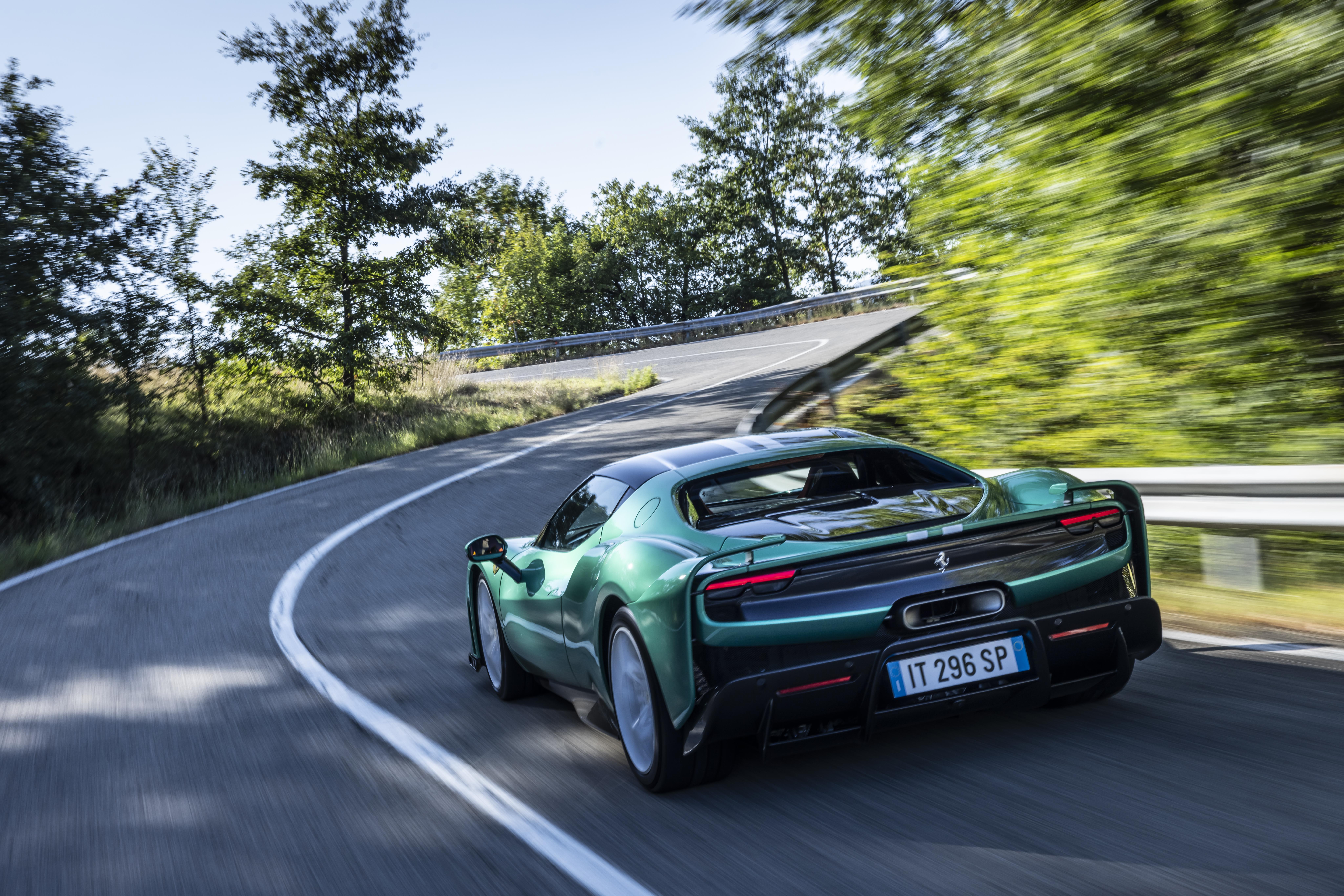
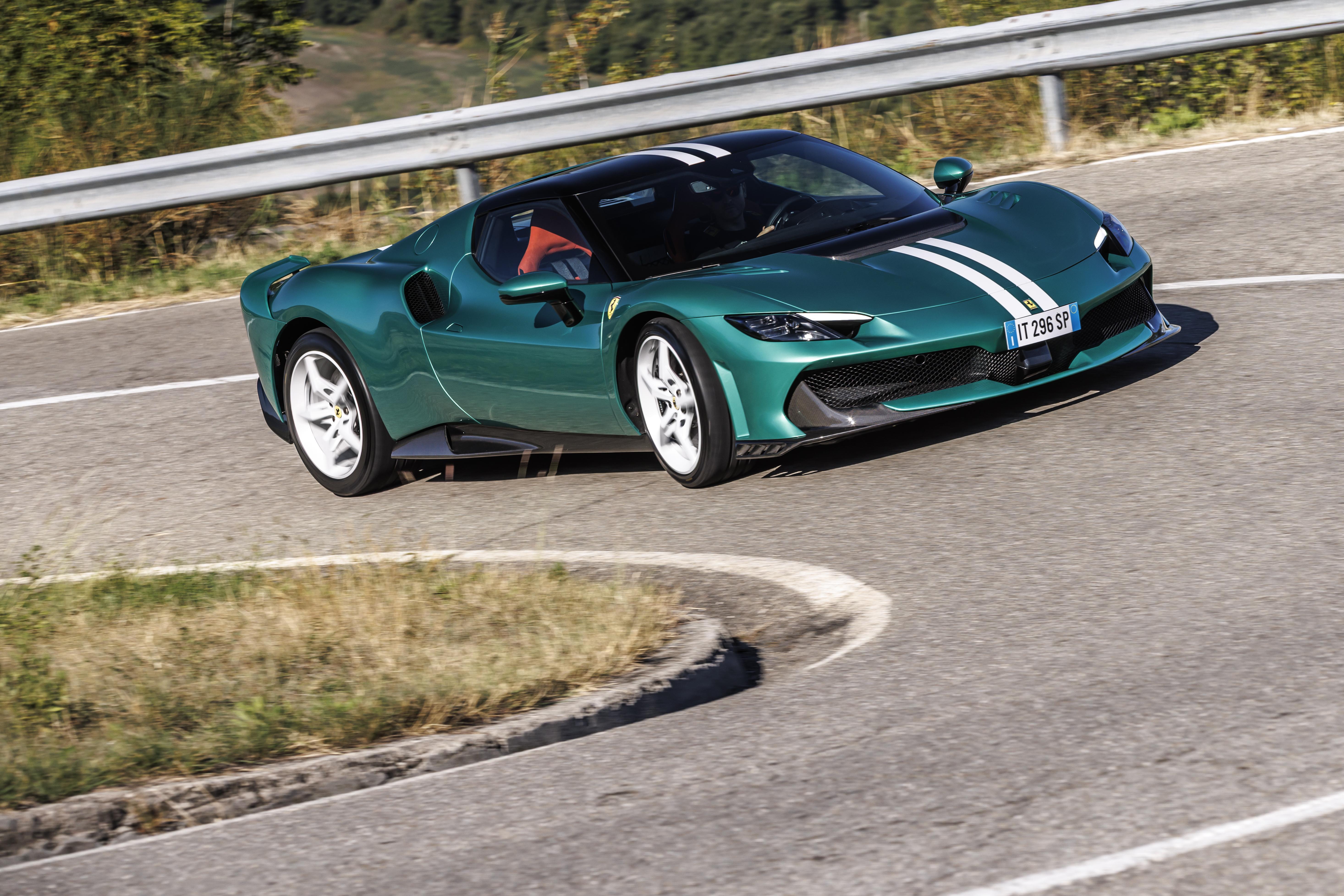
The 296 Speciale also debuts a new exterior paint colour for the Ferrari palette – Verde Nürburgring, a punchy metallic green.
Before we get into it, there are a few things worth noting. The special-series cars have long been sought-after by some collectors and many speculators who consider the vehicles’ long-term sustainable or appreciating value a primary reason for ownership.
We now live in a world where cars – even ones as ‘Speciale’ as this – will likely depreciate. As Ferrari’s Chief Marketing and Commercial Officer, Enrico Galliera, told us in Italy a few weeks ago, that is normal. Cars should be bought to be driven and loved, first and foremost.
Secondly, electrification and battery technology are here to stay. No matter how old-school your mind feels about it, it’s time to get used to the idea. The good thing is that Ferrari has committed to providing batteries for its hybrid and upcoming electric car(s), forever.
So while some mainstream OEMs are building cars that in the years to come will likely be unserviceable when their battery dies, that will not be the case with Ferrari.
How much does the Ferrari 296 Speciale cost?
As with any Ferrari, the price below is not a true reflection of the actual cost of the car. You will find that the 296 Speciale is very much a one-million-dollar car with some necessary options.
The carbon pack, the special livery, the stripes, a few personalisation options (most of which are present in the photos of cars you see here), take the price up. Add in the on-road costs including stamp duty, which is as high as nine per cent depending on the state, and you are going to be handing over more money than the average house costs in Australia.
| Model | Price before on-road costs |
|---|---|
| Ferrari 296 Speciale | $865,569 |
| Ferrari 296 Speciale Aperta | $984,020 |
What’s under the bonnet?
The 296 Speciale’s plug-in hybrid (PHEV) powertrain architecture is unchanged from that of the regular 296 GTB coupe and GTS convertible, but the 3.0-litre, 120-degree V6 at its core now produces 515kW of power at 8000rpm and 755Nm of torque at 6000rpm, marking increases of 27kW and 20Nm, respectively.
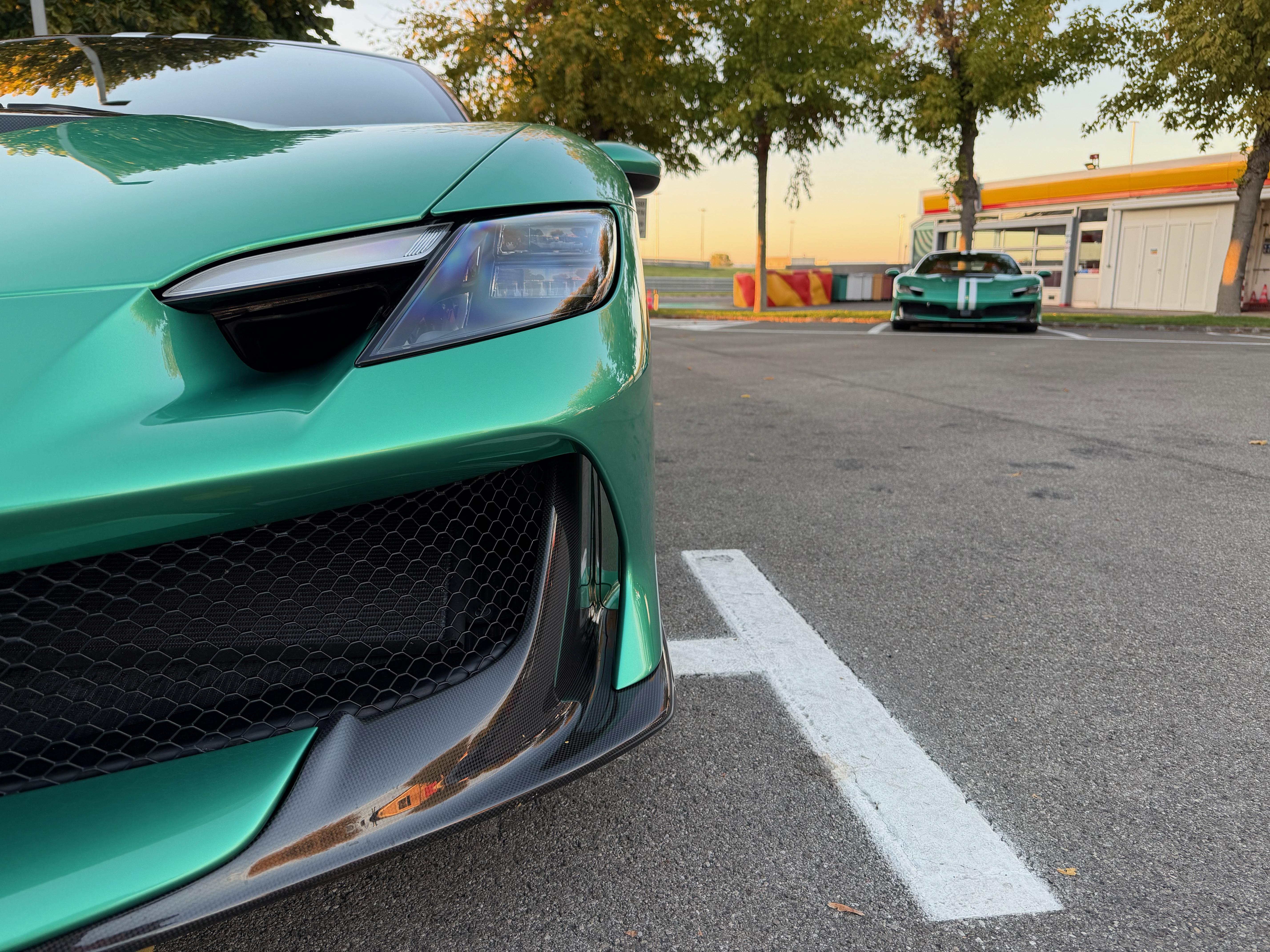
Ferrari’s weight-reduction diet for the Speciale is rather comprehensive, with every little element changed, resulting in a 60kg weight loss compared to the 296 GTB. That includes even things like the titanium connecting rods from the F80 hypercar version of the V6, which are 35 per cent lighter than the steel items used in the regular 296.
The nitrided steel crankshaft has also been lightened, reducing the overall weight of the major rotating masses in the engine by 2.2kg, which also improves throttle response.
Following the same process used to prepare the 296-based V6 used in the Le Mans-winning Ferrari 499P, excess metal was removed from the aluminum block and crankcase, saving a further 1.2kg. Replacing the engine’s steel screws and stud bolts with titanium items saved a surprising 1.9kg, and each turbo was lightened by 1.2kg. That adds up to around 10kg of weight-saving just from the powertrain.
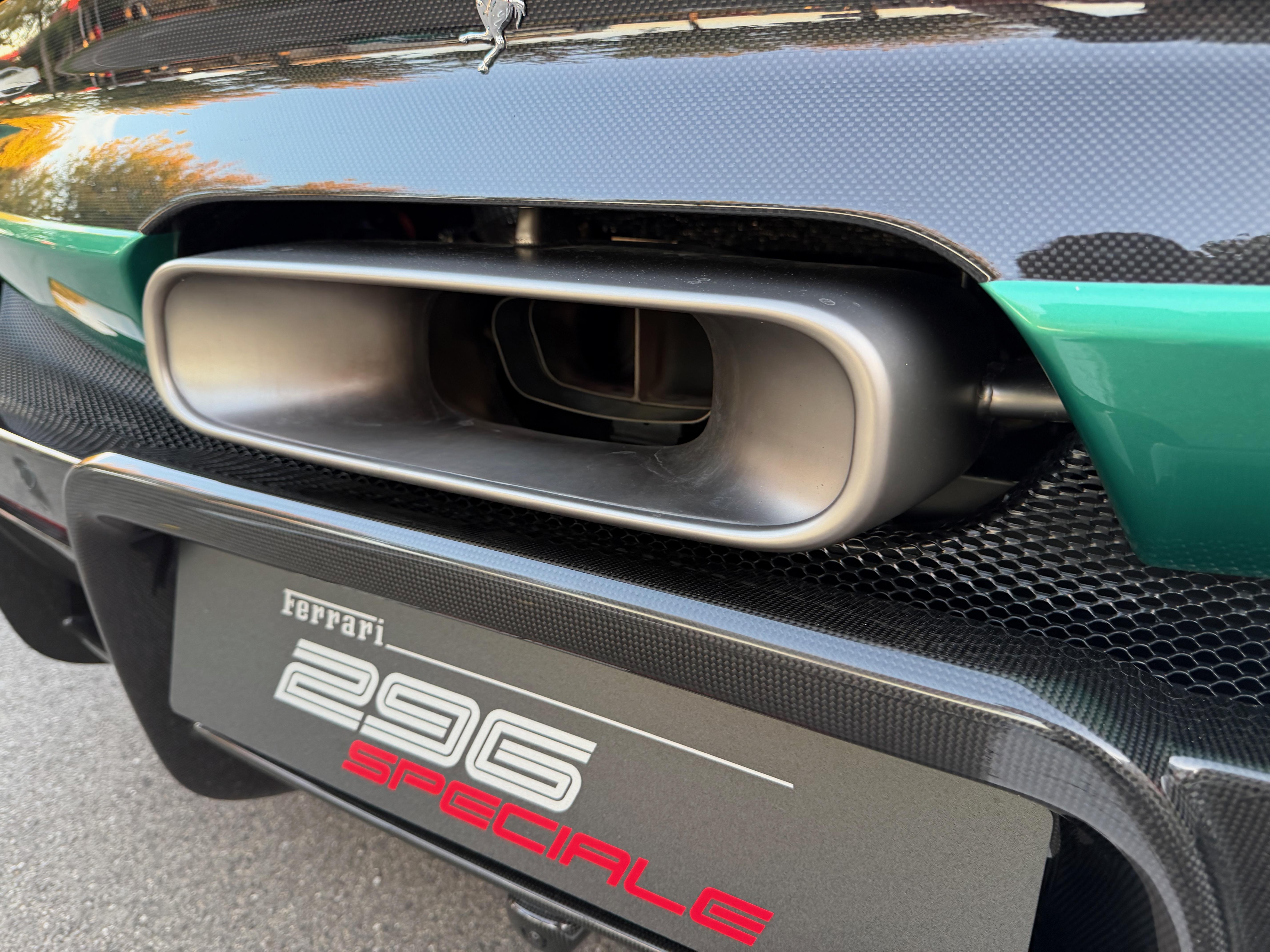
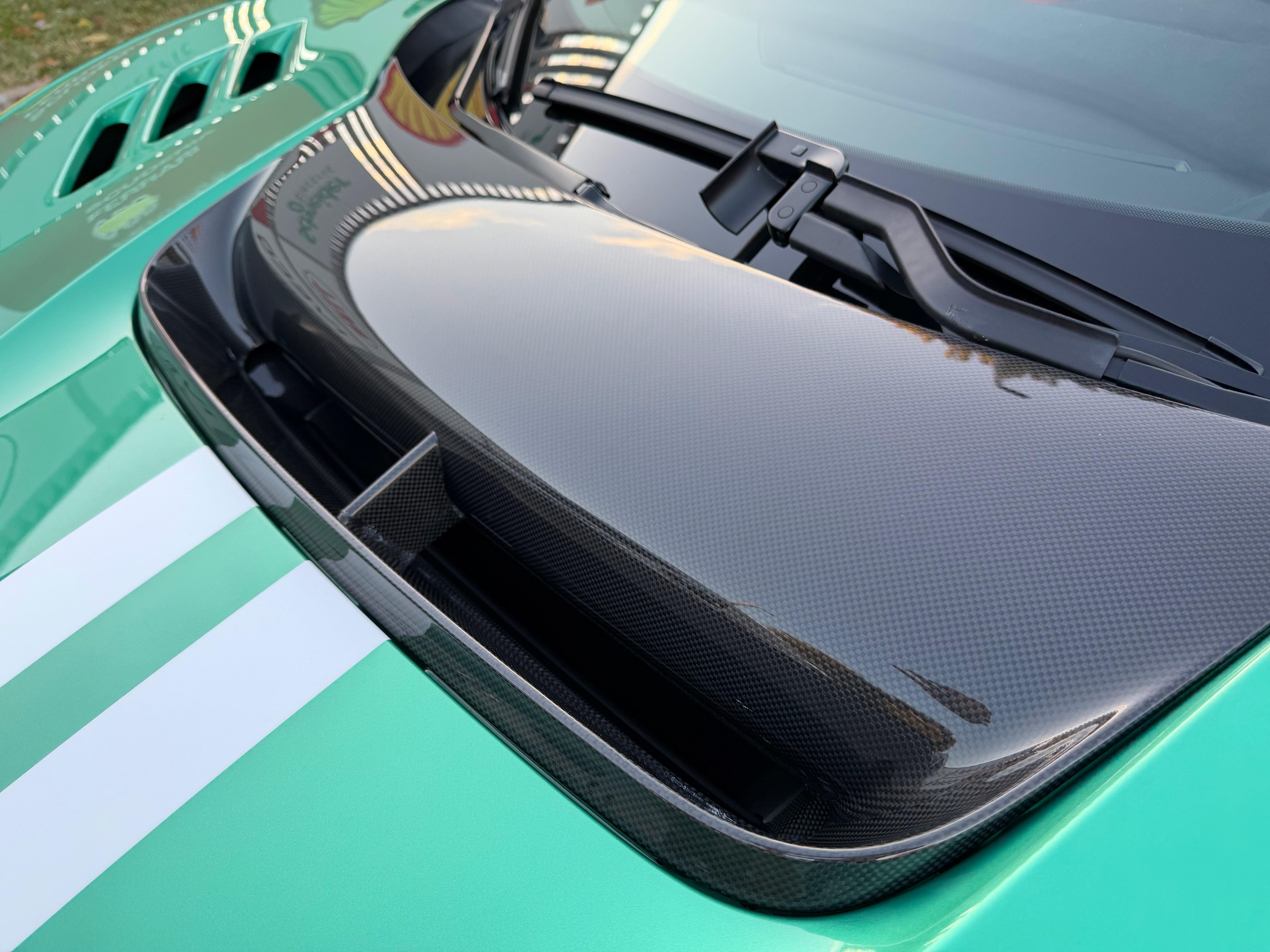
Ferrari claims a 0-100km/h acceleration time of 2.8 seconds, but it’s the 0-200km/h time of 7.0 seconds flat that really tells the story. This car is blisteringly quick in-gear. It can only be likened to the SF90 for acceleration.
| Specifications | Ferrari 296 Speciale |
|---|---|
| Engine | 3.0L twin-turbo V6 PHEV |
| Engine output | 515kW |
| Electric motor outputs | 122kW + 315Nm |
| System outputs | 648kW + 755Nm |
| Battery | 7.45kWh |
| Transmission | 8-speed dual-clutch auto |
| Driven wheels | RWD |
| Weight | 1410kg dry (coupe) +50kg for Aperta |
| Electric driving range | 25km |
| Fuel tank capacity | 65L |
| Fuel requirement | 98-octane premium unleaded |
| CO2 emissions | 149g/km |
| Emissions standard | Euro 6 |
How does the Ferrari 296 Speciale drive?
Although special-series cars like the 296 Speciale have been designed to be best enjoyed on a racetrack, by Ferrari’s own admission they are ultimately meant for road use, first and foremost.
To experience what the new 296 Speciale has to offer in both settings, we first flew to Ferrari’s famed racetrack at Fiorano for some super-fast laps behind the wheel, followed by a drive around the beautiful country roads surrounding Maranello.
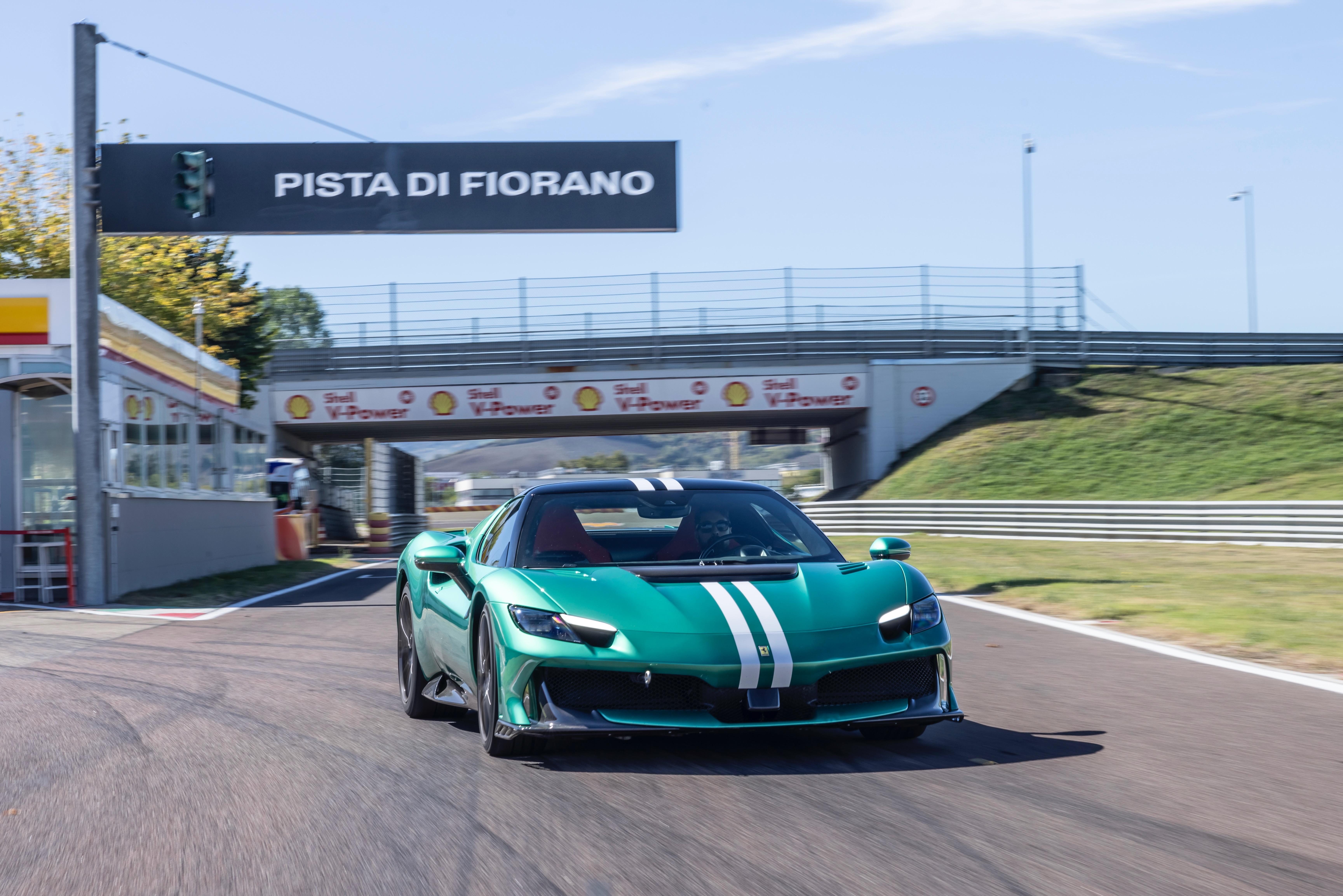
The Speciale is faster around the short Fiorano circuit than the standard 296 by about 2.5 seconds (with a 1:19 lap time), which is due to a combination of the extra power, enhanced aerodynamics, and the specially made Michelin Cup 2 tyres.
The chassis and suspension architecture is fundamentally the same as that of the regular GTB. The minor changes include Multimatic adjustable shocks derived from those used on the 296 GT3 race car, and stiffer, lighter titanium springs that help reduce the maximum roll angle by 13 per cent. The ride height has also been dropped by 5mm, lowering the centre of gravity.
Given how good the 296 GTB already was, the changes here have been incremental, but with its improve mechanical grip the Speciale can now achieve four per cent higher lateral acceleration than the regular 296. More substantial changes have come to the front axle, with Ferrari engineers retuning the sophisticated six-axis vehicle dynamics sensor to more precisely calculate the grip levels of the front tyres.
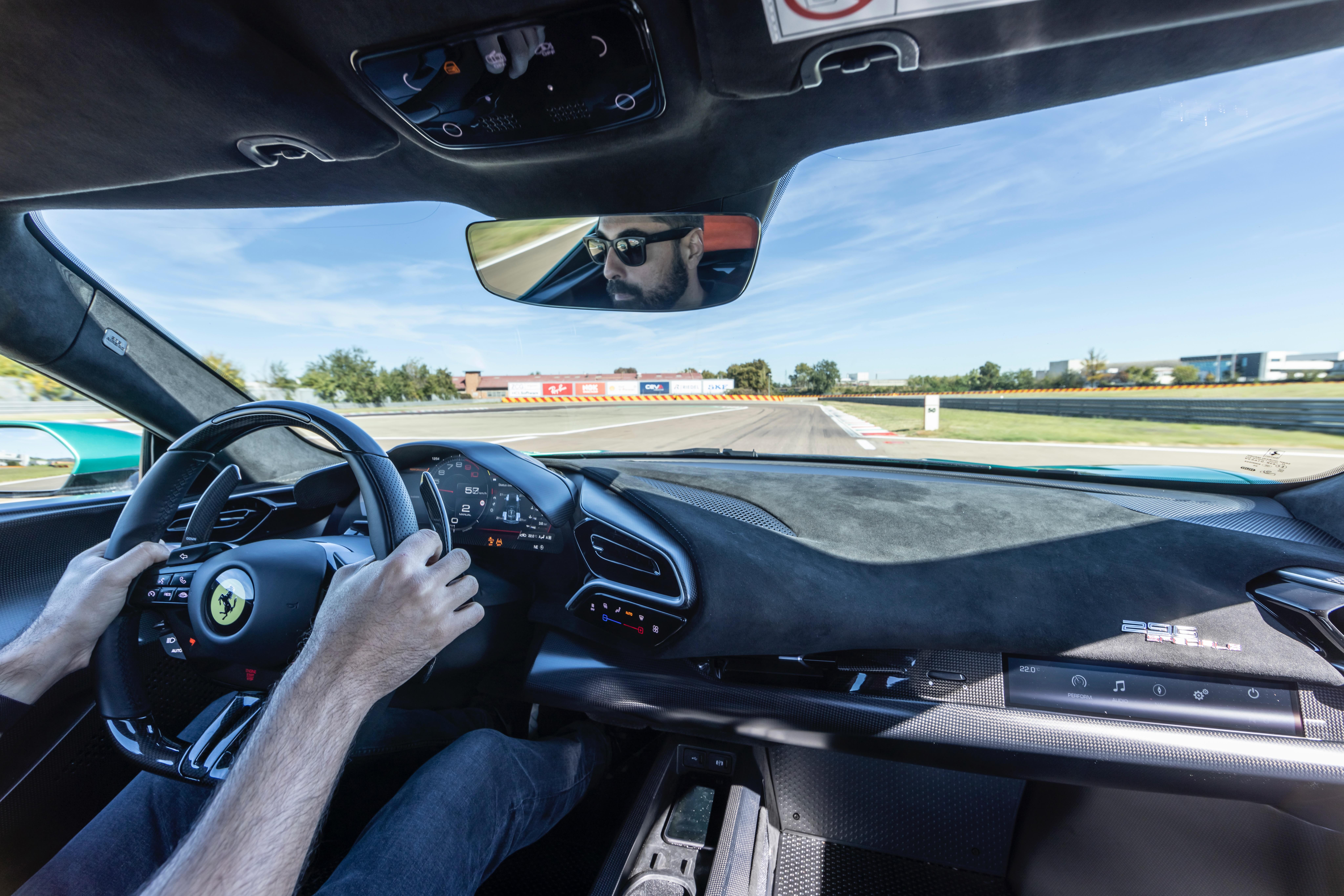
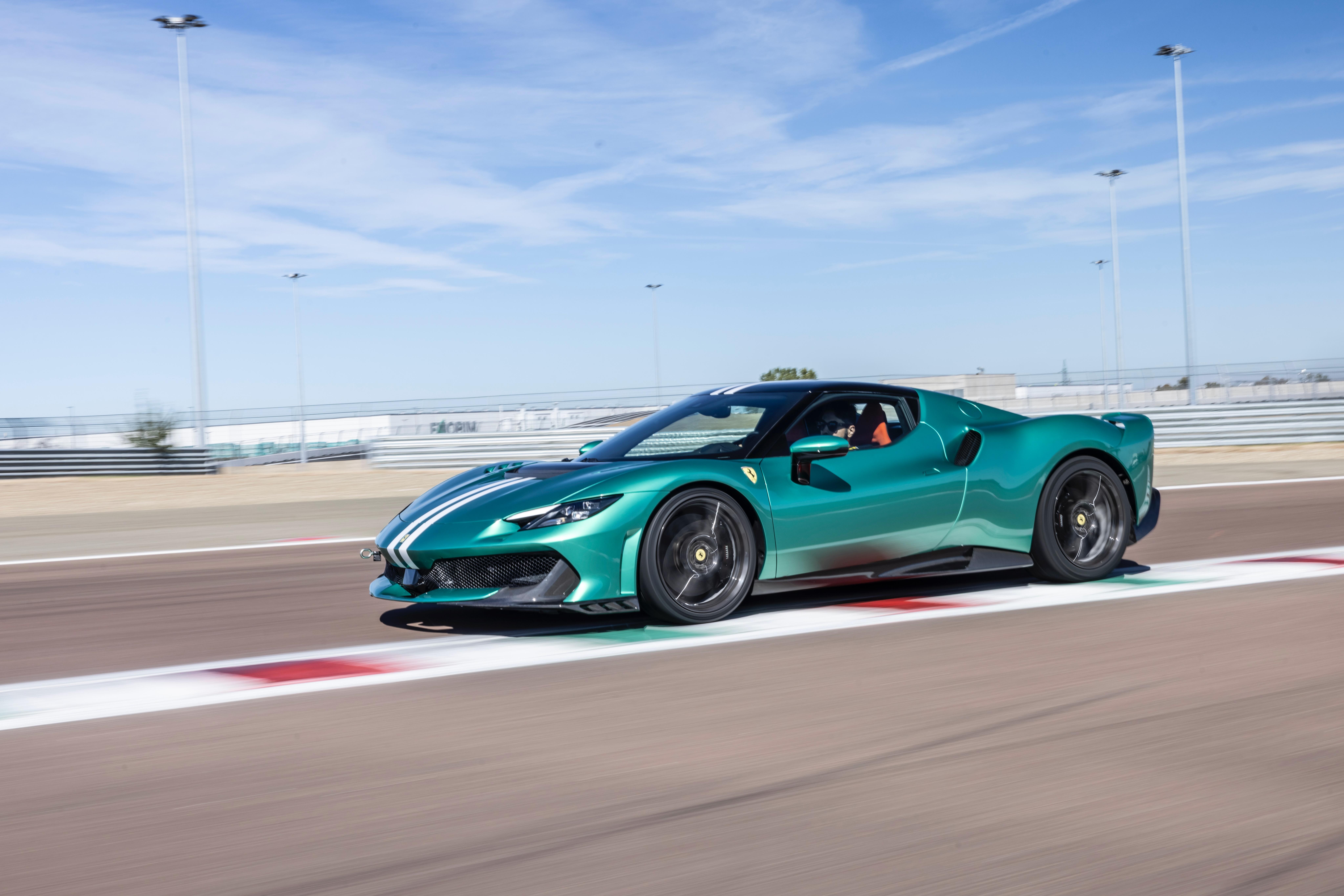
Those values determine how the SSC 9.0 dynamic control system adjusts the responses of the traction control, stability control, e-Diff, and ABS Evo electronic brake control to keep the tail-end of the car under control.
This additional level of control was very much appreciated as we pulled third gear while screaming down Fiorano behind one of Ferrari’s test drivers that (thankfully) had little care for the inexperience we had around the track.
Driving the track itself is an experience one will never forget, given its history, heritage, and the honour of being among the men and women who have given it such historical significance. But to be perfectly fair, it’s also a track without mercy. There is next to no run-off, it’s punishingly quick, and there are several blind turns over hills that take some getting used to.
The 296 Speciale feels almost too fast for Ferrari’s famed racecourse, but the manner in which it brakes, turns, and grips the road is astonishing. As the laps piled up and the false sense of confidence grew, we started to brake deeper, turn in later, and accelerate harder out of corners. The Speciale’s extra stability over the GTB is noticeable, largely thanks to the new aerodynamic package. Full story on that here.
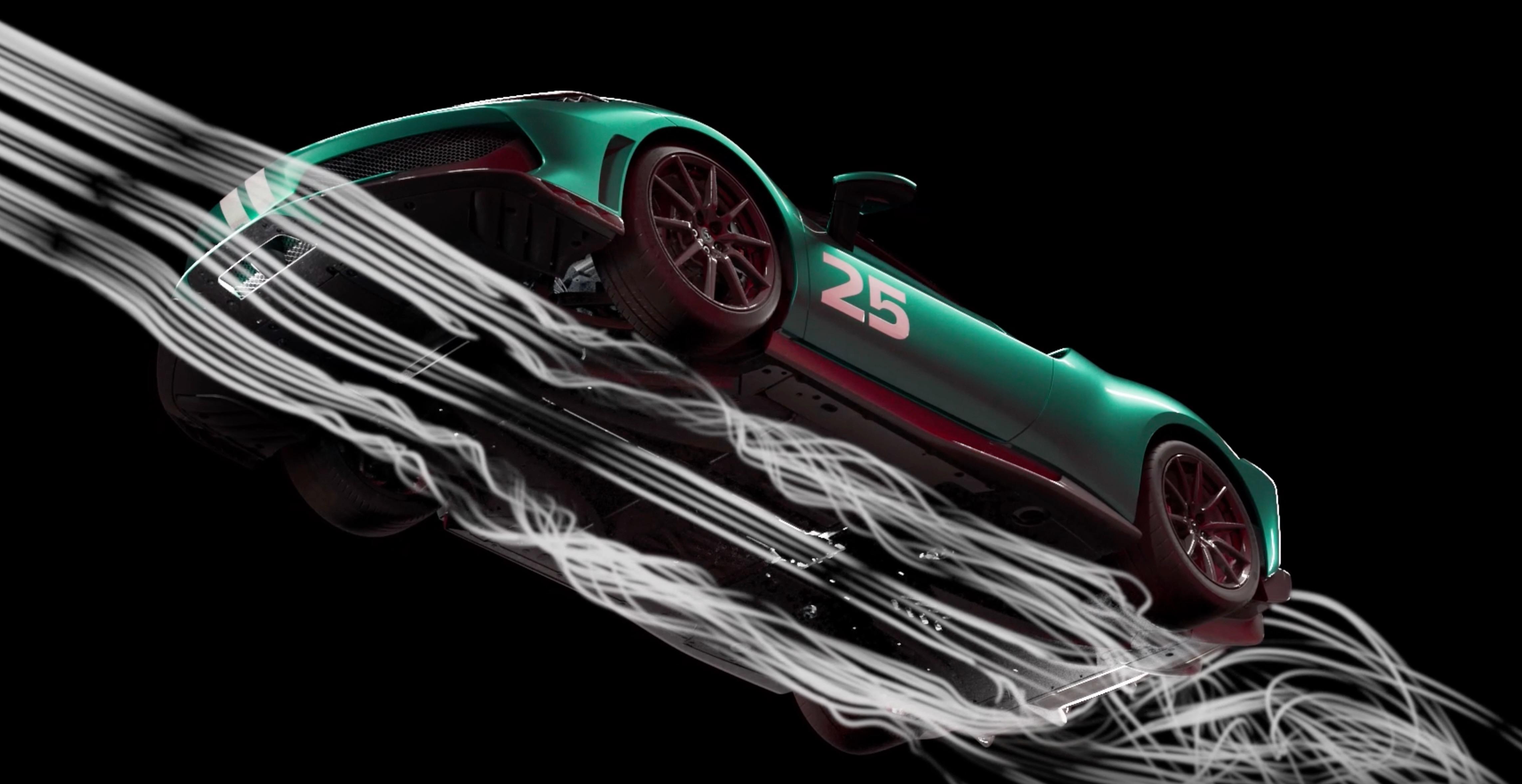
Compared with the regular 296, the most noticeable aero changes are at the rear of the car, in the shape of two winglets that rise from the bodyside behind the rear wheels, and kink over the top of the rear fenders. Their vertical fins optimise wake management to reduce drag, while the profile of the horizontal surface generates downforce.
The wings also interact with the cooling air flow from the rear radiators, improving their efficiency, and assist the active spoiler that rises vertically between them from the trailing edge of the rear bodywork.
Although similar in operation to the GTB, the Speciale gets a specific new medium setting for the active aero, and speeds up the transition to its high-downforce setting.
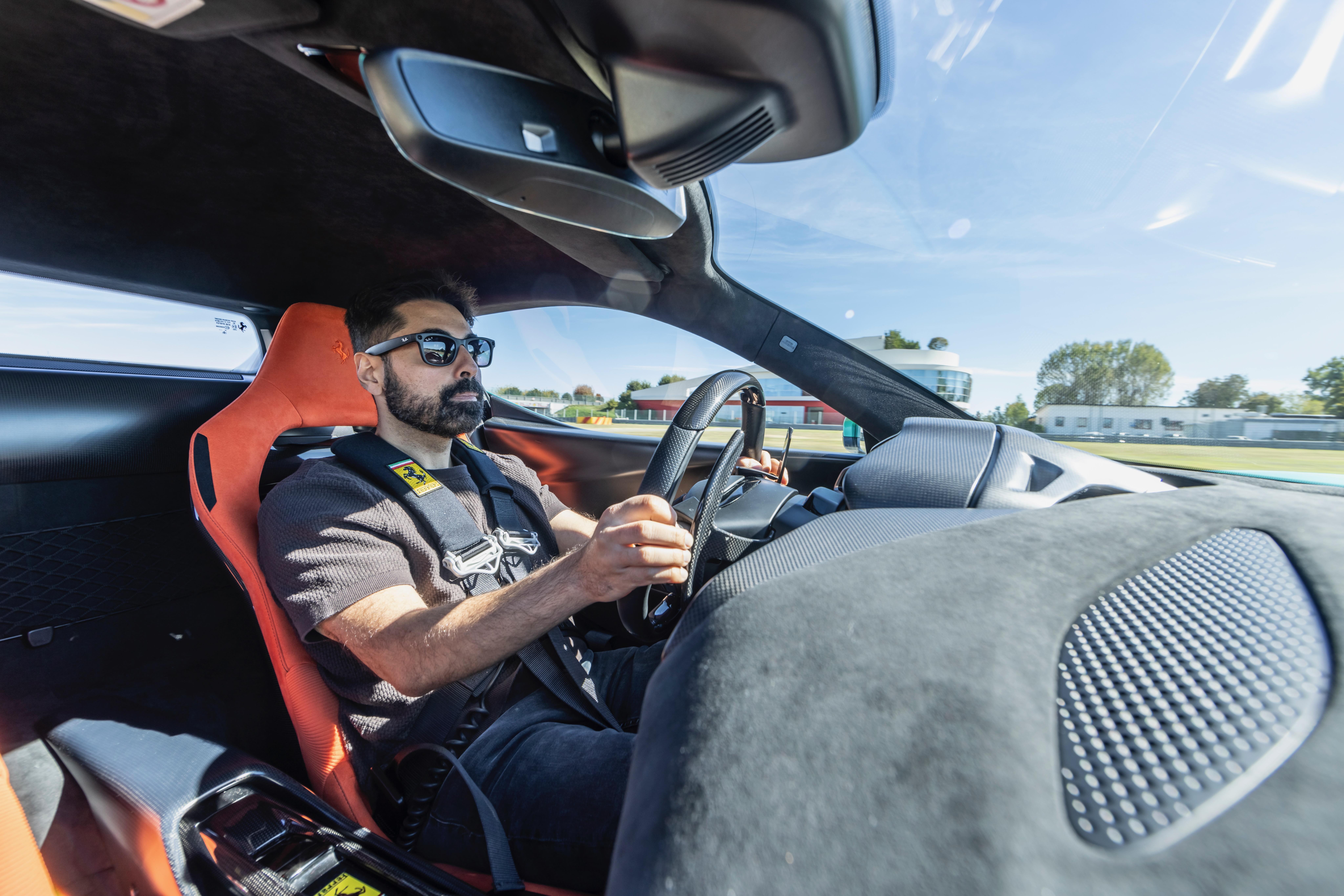
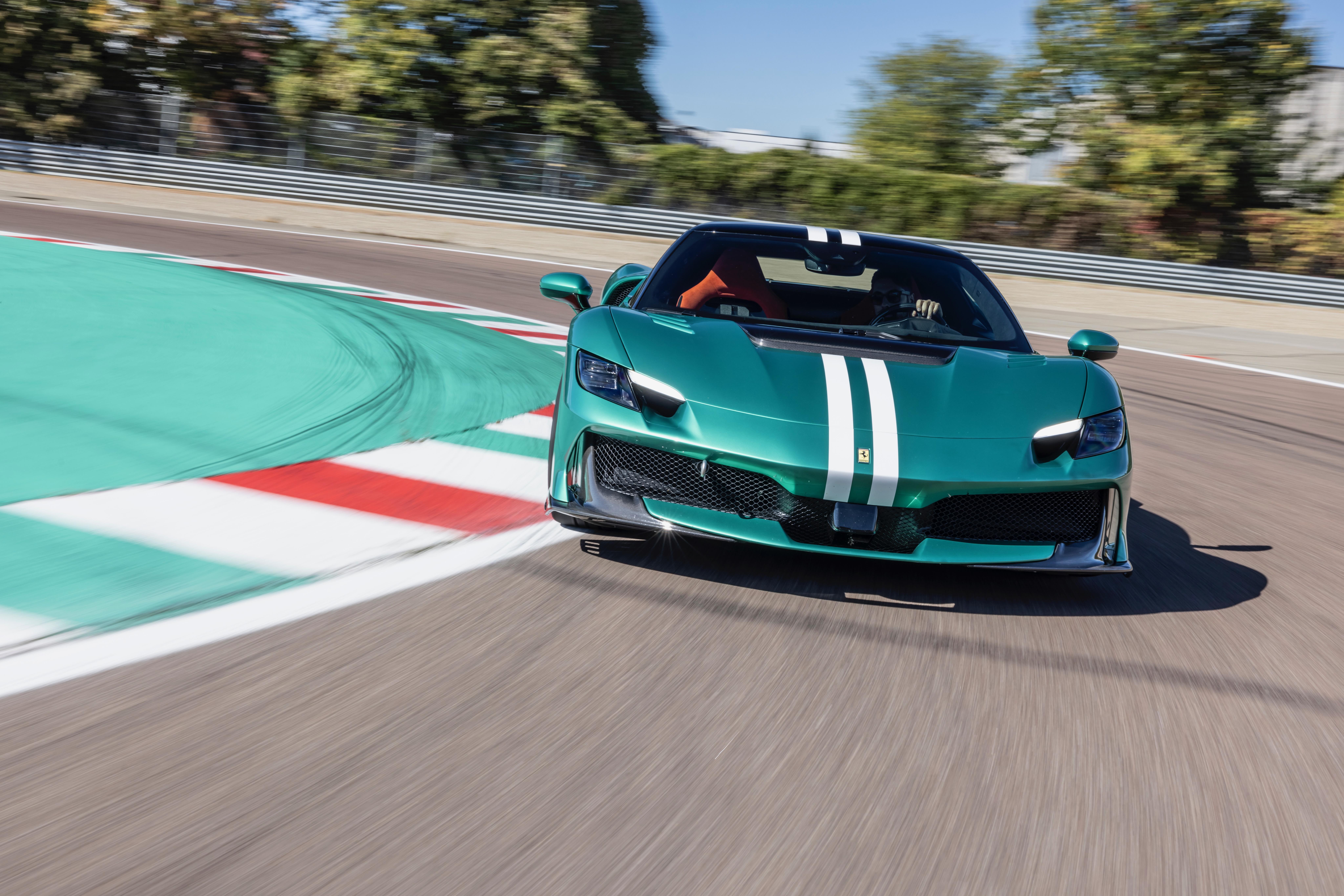
Also at the rear is a new diffuser, and the vortex generators on the rear undertray have been optimised to split the air flow between the centre and the lateral venturis to increase rear downforce and ensure the correct aerodynamic balance of the car in all rear spoiler configurations.
Famous for some of his more memorable one-liners and lack of care for aerodynamics, we would hazard a guess and say that even Enzo Ferrari would be proud of the 296’s aerodynamic capabilities. It total, there is now 435kg of downforce at 250km/h, a 20 per cent improvement over the standard 296 GTB.
But despite the thousands of track laps we have done in the past, and the many dozen at Fiorano by the end of this track test, it never felt like we got close to the Speciale’s limit of performance. There is so much time to extract from this hardcore 296 that it requires a genuine professional for maximum impact.
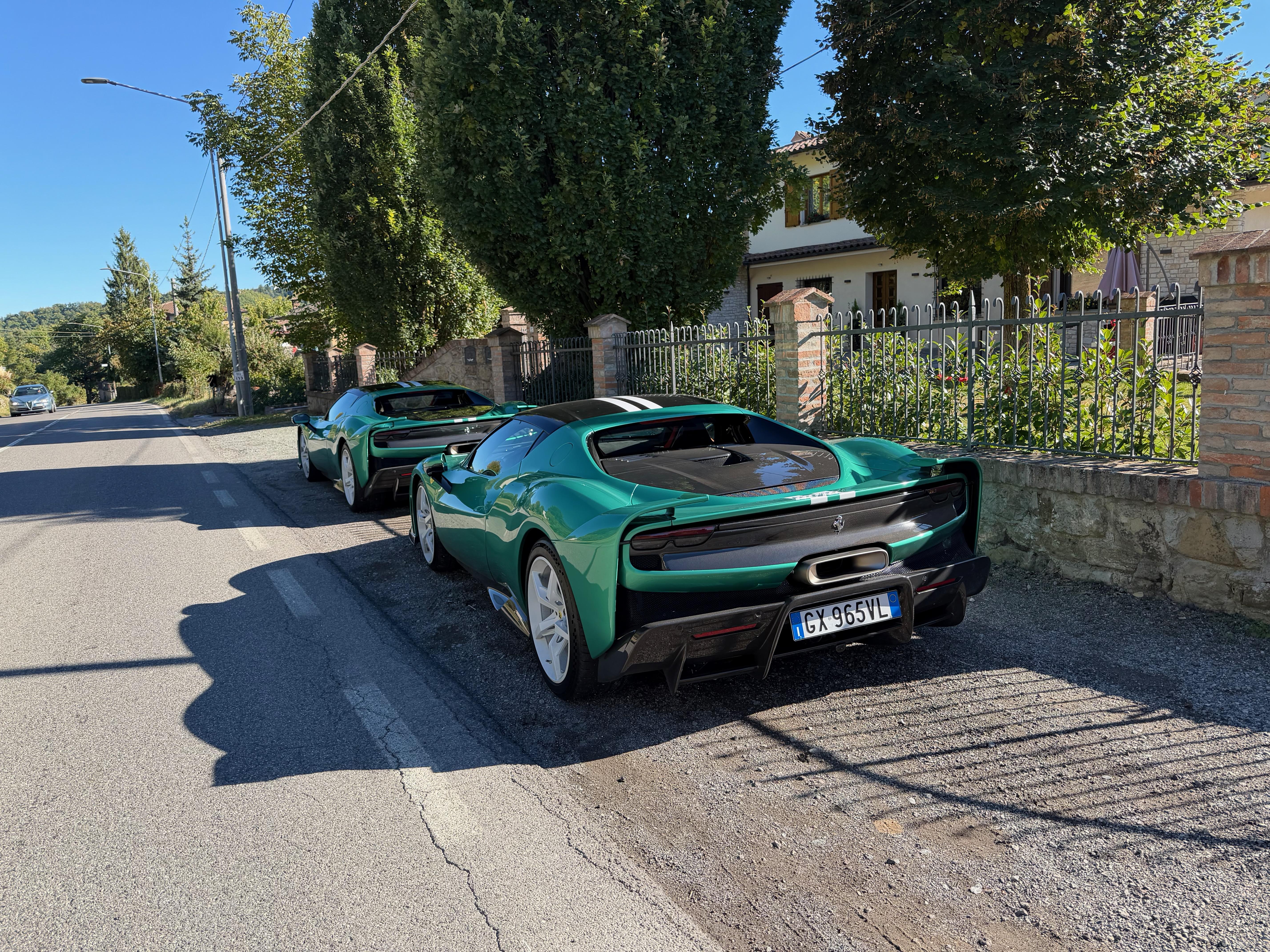
The part which really blew us away was actually the braking performance. The 398mm front carbon-ceramic brakes are so incredibly linear in their relentless performance that, despite endless abuse, lap after lap, braking performance only improved.
All in all, it’s a car that levels up with you. It’s by no means intimidating, and so long as you leave the traction control systems on, it’s obvious that regardless of your track driving experience, you will build confidence in the way the Speciale conducts itself.
For typical day-to-day driving, the 296 Speciale is a surprisingly comfortable car. The seats, ergonomics, and interior space are all very reasonable. This is definitely the sort of car you can drive every day. If you want a lift kit to survive Australia’s unfriendly roads, you will miss out on the standard, more track-focused suspension, but we think given the use case for the car, it makes sense to do so.
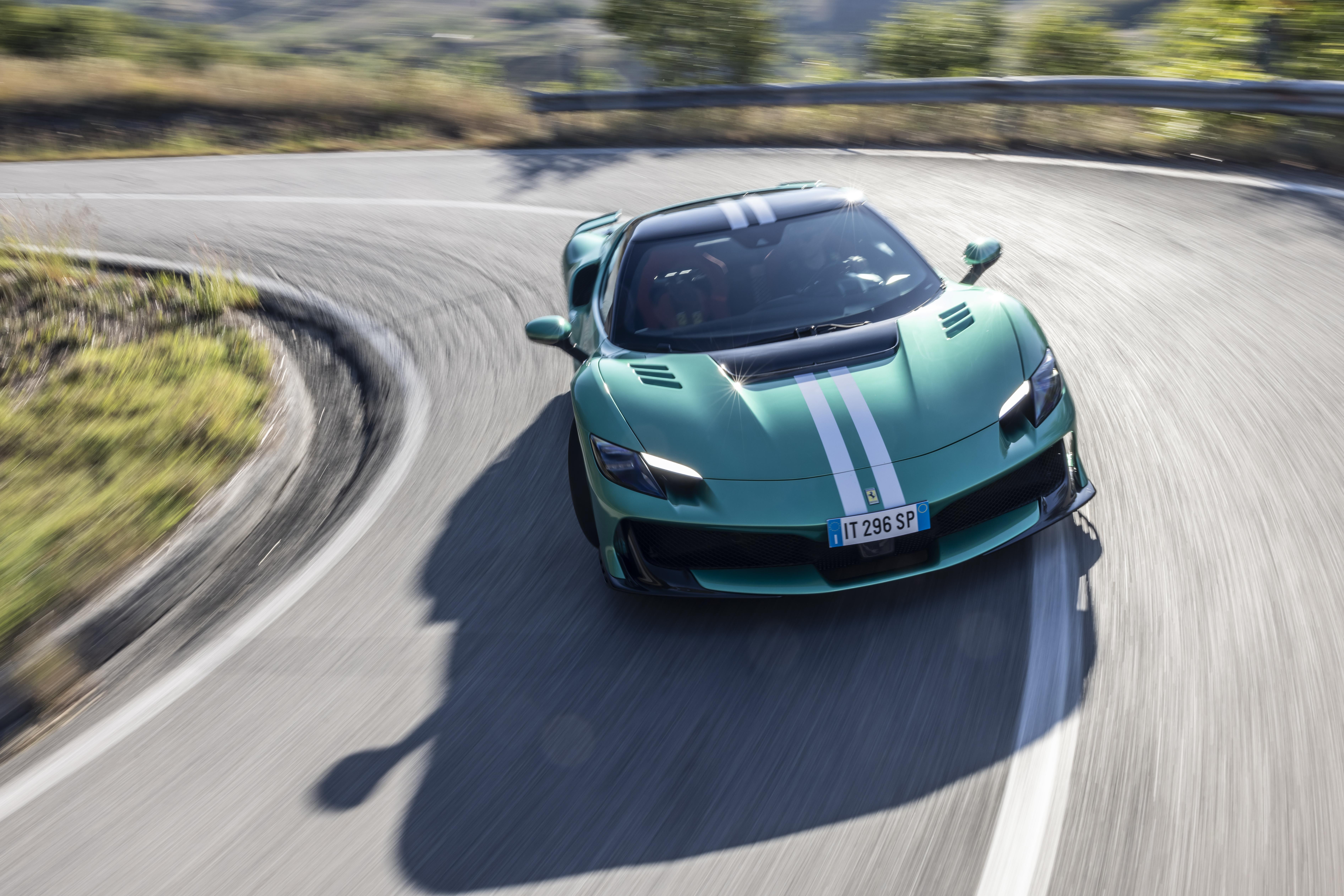
Around the hilly mountainous roads surrounding Ferrari’s factory, we found ourselves screaming with joy. The 296 Speciale is wonderful to drive. With the helmet gone, we could hear the car scream, and boy does it scream!
It’s no F430 Scuderia or 458 Speciale, but it arguably sounds better than the 488 Pista and absolutely evokes the sort of emotions it needs to. Gear shifts are now more violent, and the showshifts more instantaneous than ever before, giving a sense of purpose and poise that the GTB doesn’t have.
The cars we drove had the optional titanium exhaust, which gave them a more raspy and higher-pitched sound than the 296 GTB. We can’t tell you what it sounds like with the standard exhaust, and we suggest you either go for the factory option, or order a third-party exhaust system.
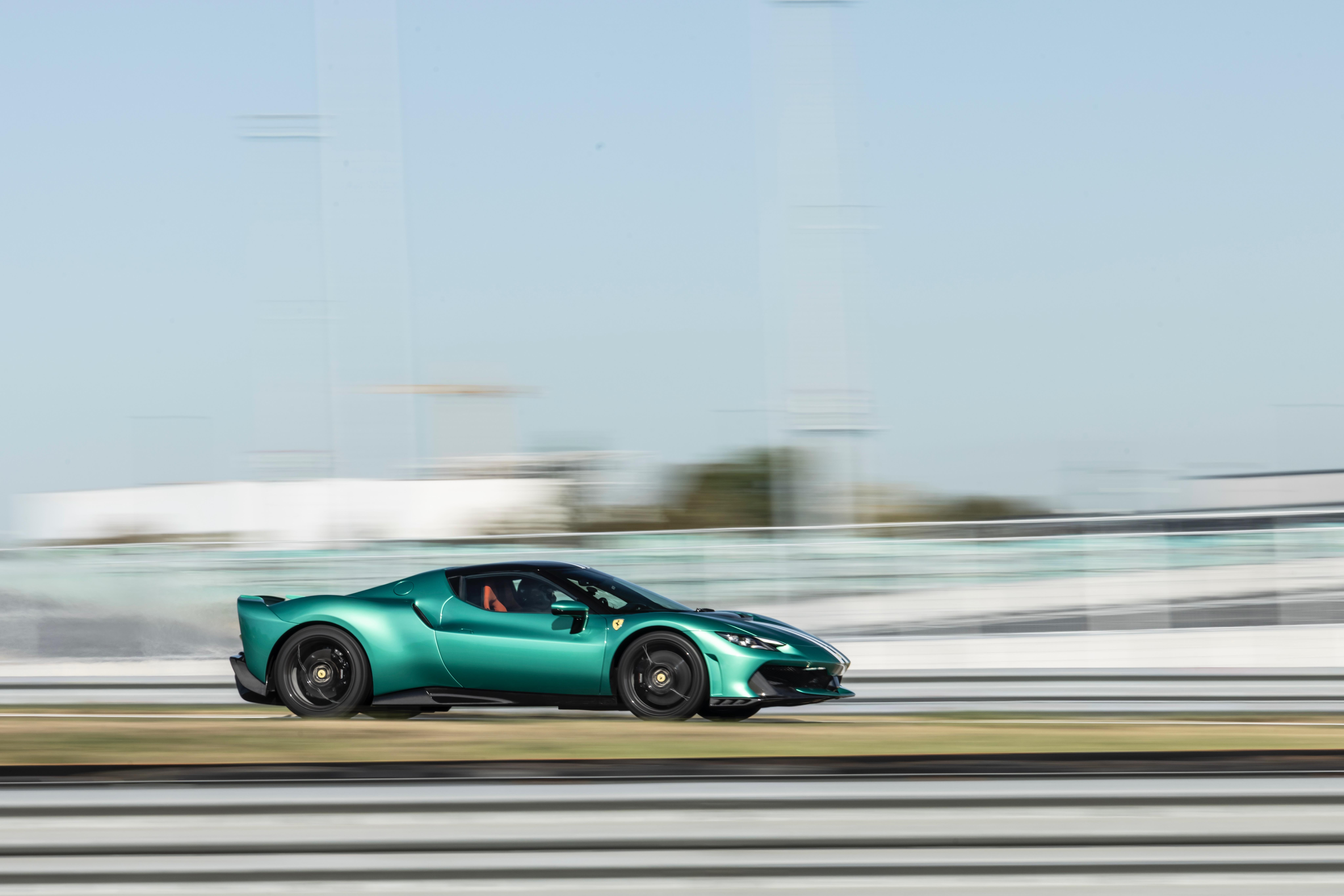
While it feels insanely quick on track, on a tight local road the acceleration is mental. It’s hard to really describe the feeling of a car that can get from 0-200km/h in under seven seconds. It makes the driving between turns a truly epic experience. That acceleration figure is quicker than even the McLaren 765 LT and about the same as the LaFerrari.
We are no longer talking about a supercar here; these numbers are what were considered hypercar territory just a few years ago. Ironically, they make the 296 Speciale a car that needs far more respect on the road than you probably realise. You will come into bends and corners with so much velocity and pace that it can be easy to misjudge.
Stepping up from a 458 or 488 into this car feels like a multi-generational shift. There is a level of performance here that is well and truly beyond what a regular Ferrari was ever meant to deliver. But as the powertrain has improved, so has the handling. Just like on track, the road-going mechanical grip and cornering capability are beyond what most mere mortals will ever be able to extract.
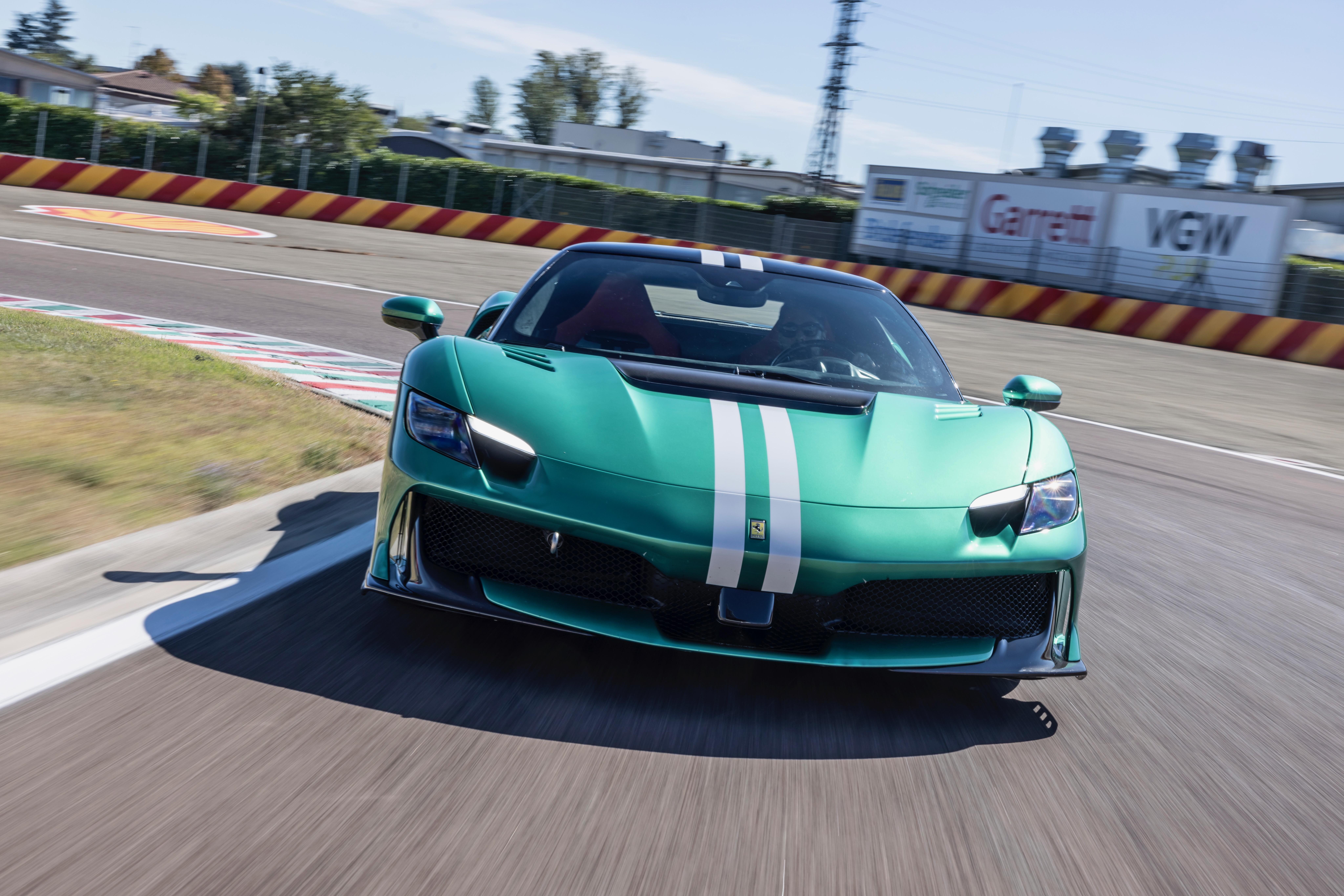
The way the Speciale handled bumps and undulations on Italy’s poor roads (with bumpy road mode engaged) was very impressive and a good sign of how it should handle similar terrain in Australia. Be aware that the standard track package does not include this option (or the lift system).
Our review is based on the best package for track and the best package for road. Ultimately, it is up to the buyer to decide which is more important to them, and to specify their car accordingly.
Ultimately, the driving nature of the 296 Speciale is the best we have ever experienced from a car in its class. What it may lack in terms of the technical dynamic wizardry of something like the new Lamborghini Temerario, it makes up for in driving feel and outright performance.
What is the Ferrari 296 Speciale like on the inside?
The interior of the 296 Speciale has had some very welcome revisions, the most notable of them being the use of more physical buttons on the steering wheel and a move away from the awfully annoying haptic ones in the GTB.
There is also the option to more easily turn off the ADAS systems from constantly beeping, so the European speed enforcement regulations that are unnecessarily carried over to Australia won’t ruin your drive (as much).
There is also lots of exposed carbon-fibre and Alcantara, plus exposed fasteners and lightweight seats that are each 5kg lighter than the standard items.
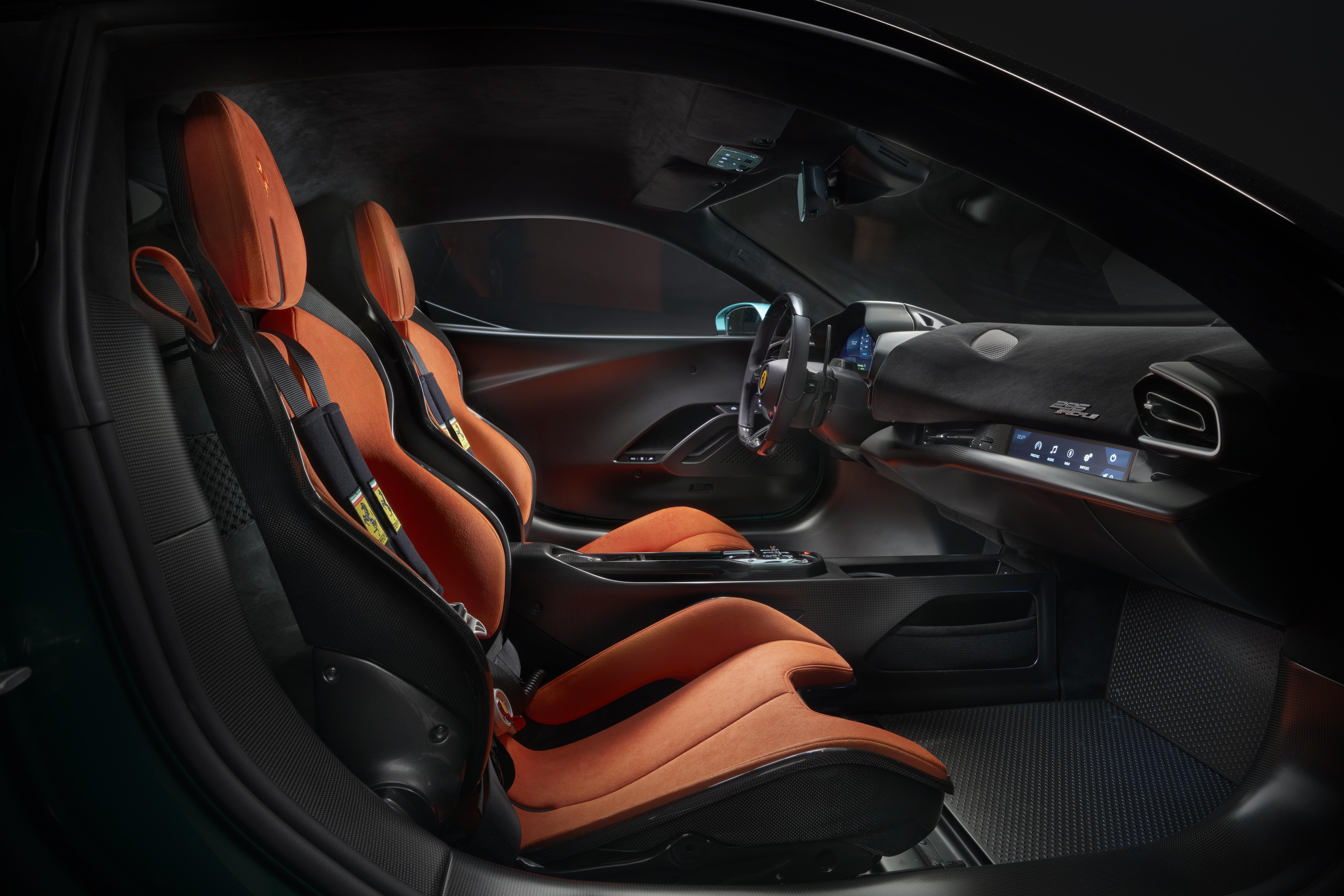
Ferrari has also created a specific door panel for the car, which is made from a single block of carbon-fibre with a minimalist design. The grab handle has also been altered for more function over form. The control tunnel between the seats consists of a structure entirely made from carbon-fibre.
We found the seats to be surprisingly comfortable both on track and road. Ferrari Australia could not confirm whether or not we will be able to option the five-point harness in this market from the factory as of yet (alongside the traditional seatbelt), but the structure of the safer racing seatbelts should be built into the car, so owners will be able to retrofit them regardless of whether or not they come homologated with the car (although in Australia they are illegal to use on the road, but not illegal to have fitted).
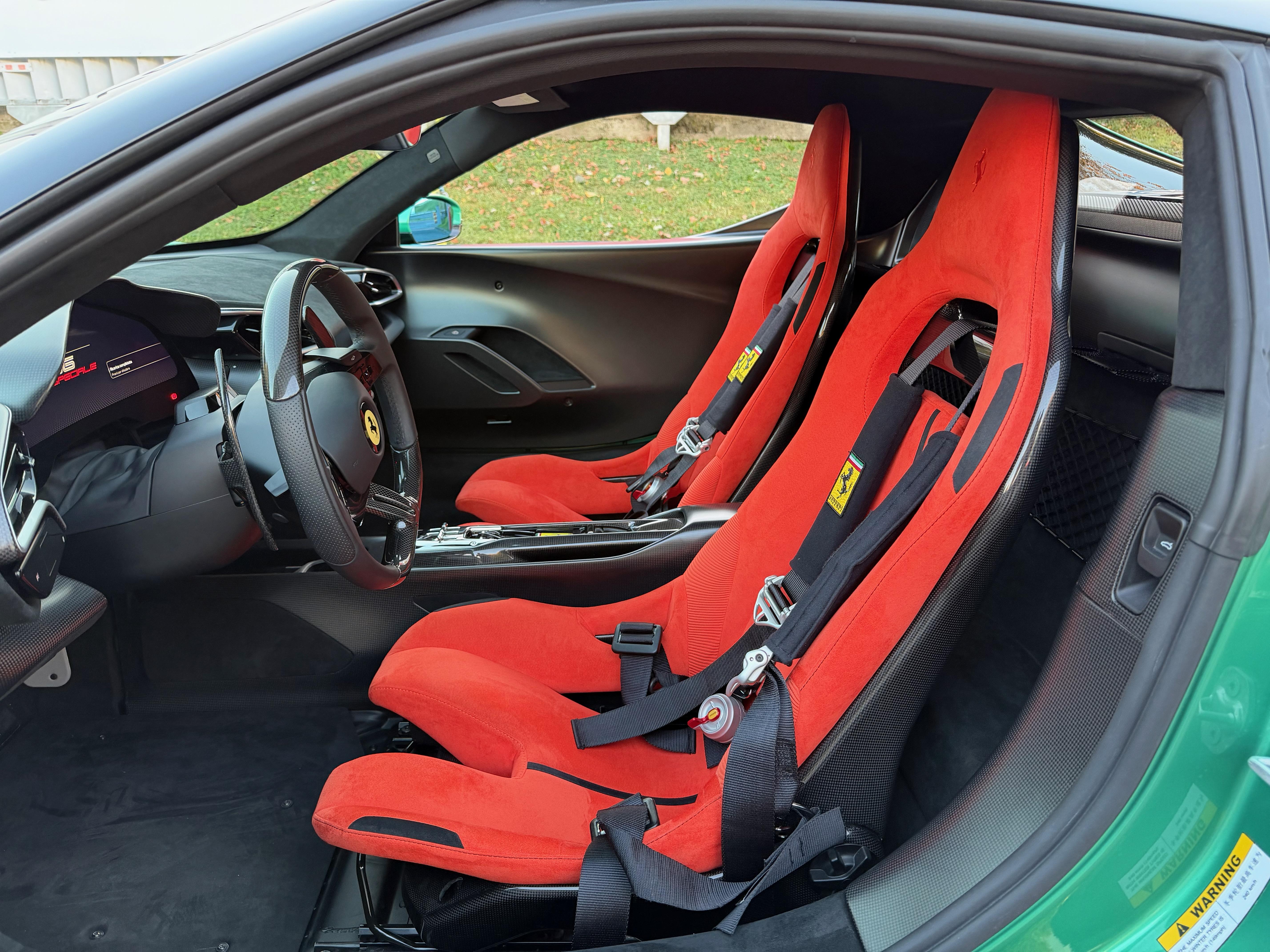
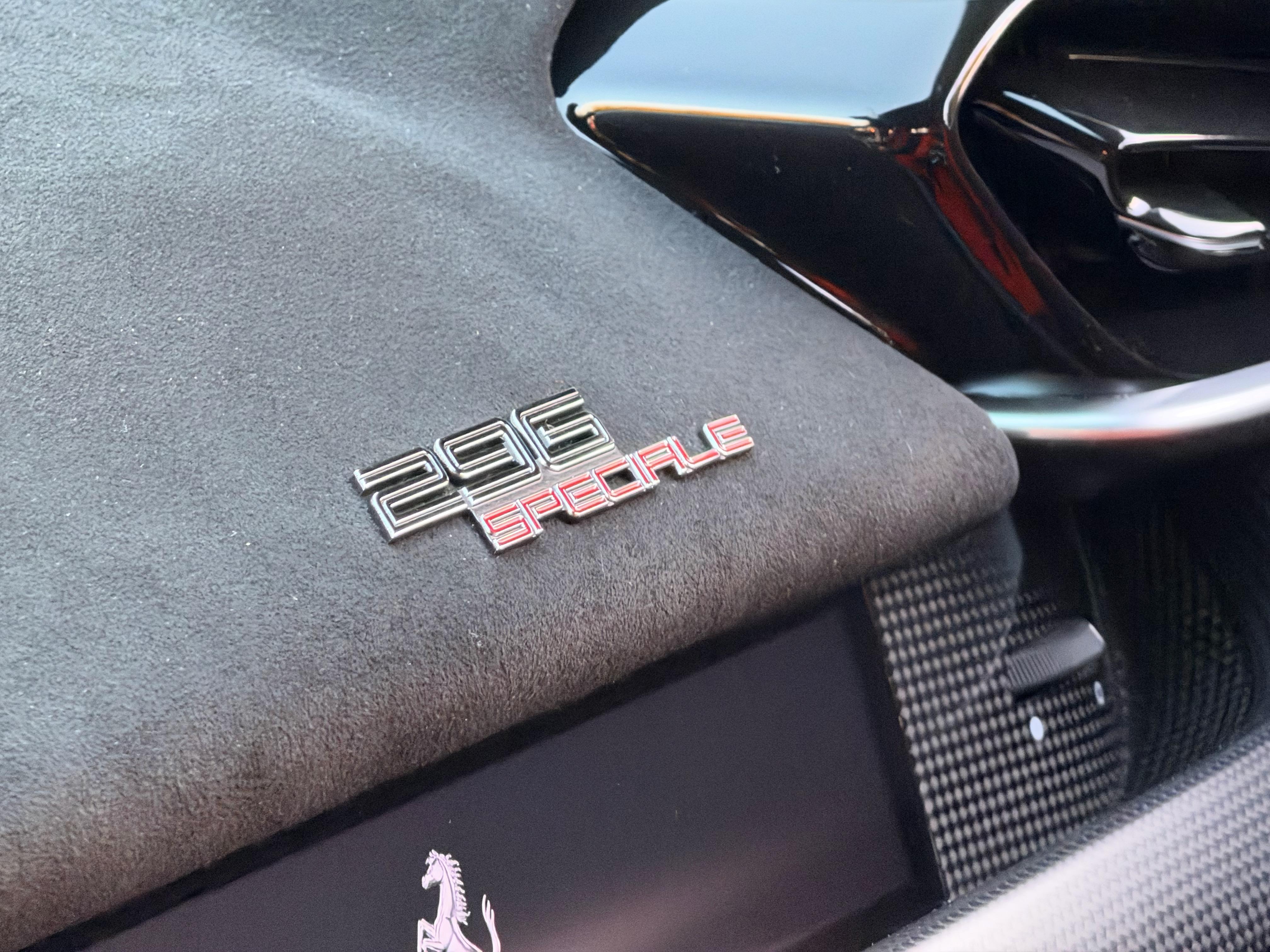
The front storage space of the Speciale is a little bit less than the GTB’s, down from around 200 litres to 169L. But there’s an additional 112L behind the seats (which is really just to shove a soft bag or a jacket into at best).
| Dimensions | Ferrari 296 Speciale |
|---|---|
| Length | 4625 mm |
| Width | 1968 mm |
| Height | 1181 mm |
| Wheelbase | 2600 mm |
| Cargo capacity | 169L |
How much does the Ferrari 296 Speciale cost to run?
Ferrari offers a three-year, unlimited-kilometre warranty for the 296 Speciale, and a maintenance program which covers all scheduled servicing for the first seven years of the car’s life.
Those service intervals are either 20,000km or once a year, whichever comes first.
CarExpert’s Take on the Ferrari 296 Speciale
If you have a GTB and your Ferrari dealer has informed you that you are eligible for a Speciale allocation, my advice would be to go for it, because this is the most complete mid-engined special-series car to have come out of Maranello.
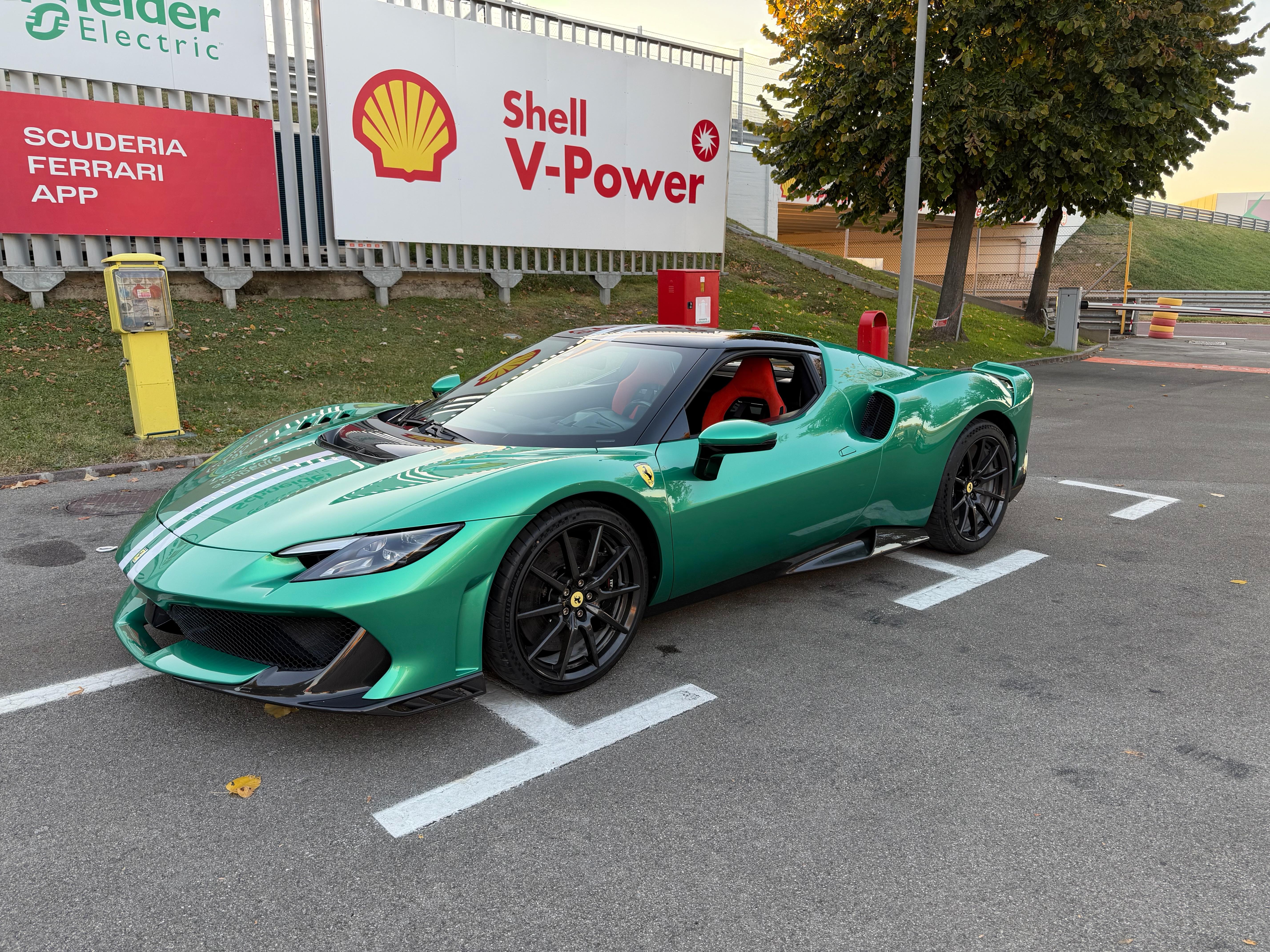
It’s comes with a reasonable price increase over previous special-series cars like the 488 Pista, and while you may be a little disappointed by the residual value of your GTB, on its own and as a package the 296 Speciale is a near-faultless car on merit.
Whether it’s on a racetrack or on the road, it does everything incredibly well. With the added emotion and noise of the updated exhaust system and more aggressive powertrain, it also drives like a hardcore Ferrari should.
Click the images for the full gallery

